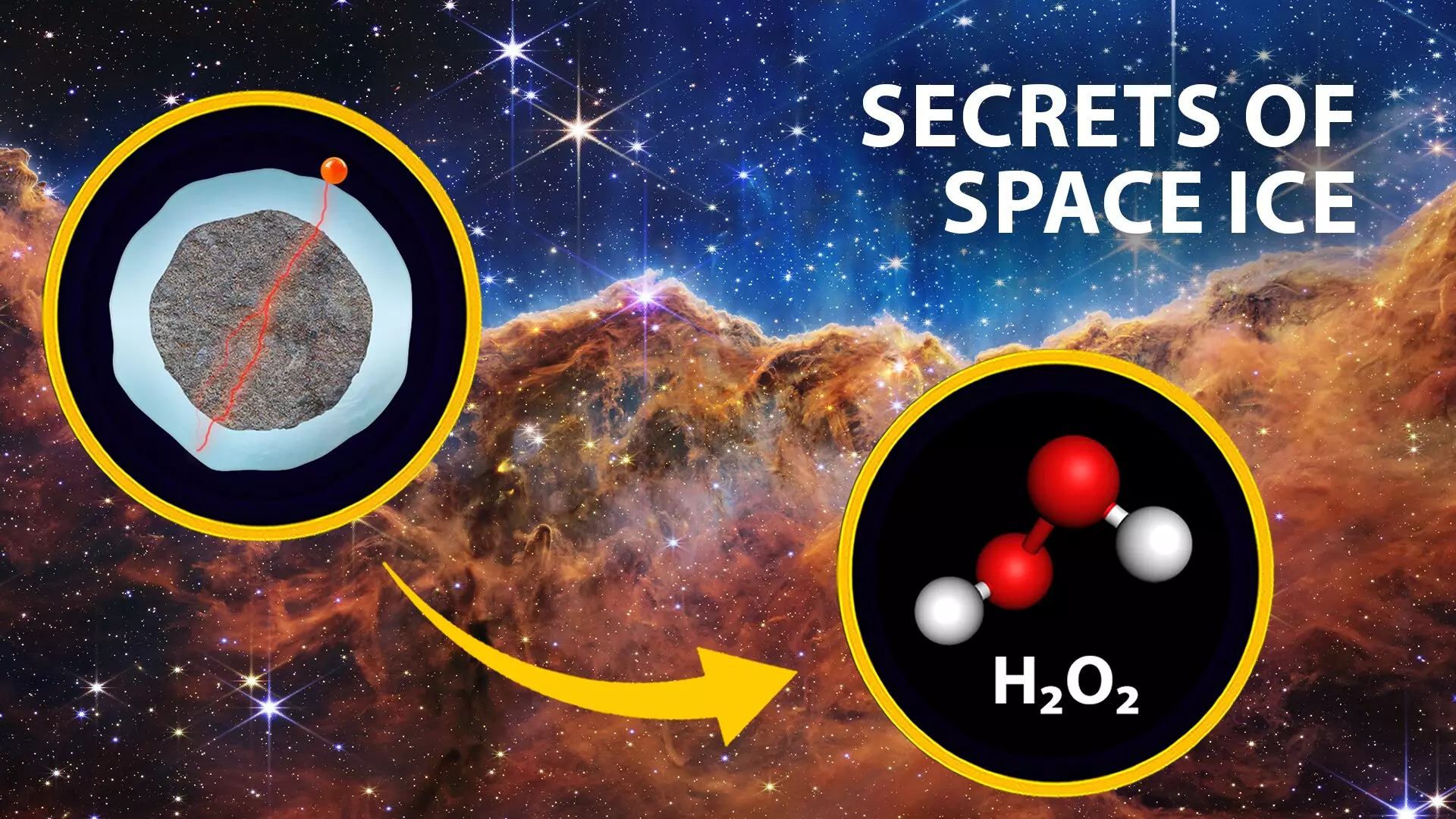The inquiry into the essence of life—what it is and how it came to be—has long fascinated humanity. From ancient philosophers pondering our interconnectedness with the universe to modern scientists dissecting the building blocks of life, the quest for understanding has never ceased. Recent research involving the role of low-energy electrons in cosmic environments has opened exciting new avenues for understanding prebiotic chemistry—not only in the vastness of outer space but also in practical Earthbound applications. This article delves deeper into the implications of this research spearheaded by undergraduate student Kennedy Barnes, along with her colleagues and mentors.
The poignant lyrics of Crosby, Stills, Nash & Young remind us that we are “stardust,” a poetic reflection underscoring the elemental origins of human life. Scientific investigations have sought to decode how elements born from stellar nucleosynthesis can coalesce into the intricate molecules necessary for life. A focus of recent research has scrutinized the role of low-energy electrons generated by cosmic radiation when it interacts with icy particles in space. The findings emanated from a rigorous study spearheaded by Kennedy Barnes and Rong Wu under the guidance of notable faculty members at Wellesley College.
The foundational question explored by Barnes and her team revolves around the relative impact of low-energy electrons and photons, high-energy light particles, on the formation of prebiotic molecules in the cosmos. While previous studies have suggested that both types of particles play crucial roles, there remains a gap in understanding their specific contributions to the chemistry of the universe.
In a world increasingly reliant on nuanced models to explore extraterrestrial chemistry, the investigation into low-energy electrons presents a groundbreaking perspective. Barnes explains, “Our calculations indicate that there is a greater abundance of cosmic-ray-induced electrons than photons interacting with cosmic ice.” This suggests that, contrary to prior assumptions, low-energy electrons might be the primary catalysts for the synthesis of prebiotic molecules essential for life.
Such revelations not only challenge decades of astrobiological thought but emphasize the necessity of re-evaluating current models in astrochemistry. The implications are profound; if electrons indeed play a pivotal role, researchers might need to revisit their understanding of molecular formation in extraterrestrial environments.
Beyond the stars, the implications of Barnes’ research resonate on our own planet. The study of low-energy electrons invites potential advancements in medical technology and environmental science. For instance, the team’s investigations into the radiolysis of water—a process where radiation causes chemical changes—have unveiled how low-energy electrons may release reactive compounds, which can damage ozone in the stratosphere and create toxic radicals in biological cells.
Barnes highlights the intersection of space chemistry and clinical applications, stating, “Our findings bear relevance to how high-energy radiation could be effectively utilized in cancer treatments.” This insight bridges previously distinct realms of study, allowing researchers to consider the effects of radiation and low-energy electrons on human health from an innovative perspective.
To rigorously test their hypotheses about the role of electrons and photons, Barnes and her colleagues ventured beyond theoretical modeling into experimental validation. Through pseudo-celestial environments created in the laboratory, they employed advanced techniques, including an ultrahigh-vacuum chamber and electron guns, to simulate the conditions of space. This experimental approach allowed them to bombard ice films with either electrons or photons and observe the resulting molecular formations.
Such laboratory work underscores the researchers’ commitment to bridging theoretical knowledge and empirical data, further solidifying their findings and offering crucial insights into the workings of other celestial bodies, such as Europa—a moon of Jupiter enveloped in an icy shell.
As Barnes reflects on the significance of their work, she articulates a sense of excitement for the future. “There’s a vast frontier waiting to be explored, which feels emblematic of a New Space Age.” Collaborating with international researchers, the team’s activities stand to impact not only astrophysics but also the broader scientific communities involved in studying environmental and medical issues.
The exploration of low-energy electrons in the cosmic interplay of prebiotic chemistry not only advances our grasp on life’s origins but also delivers pragmatic benefits for contemporary science. By illuminating connections between cosmic occurrences and earthly phenomena, this research may very well guide future investigations into the foundations of life, both here and far beyond our home planet. Science, ever entwined with the mysteries of the universe, continues its relentless march toward deeper understanding—an intricate dance of discovery waiting to unfold.

